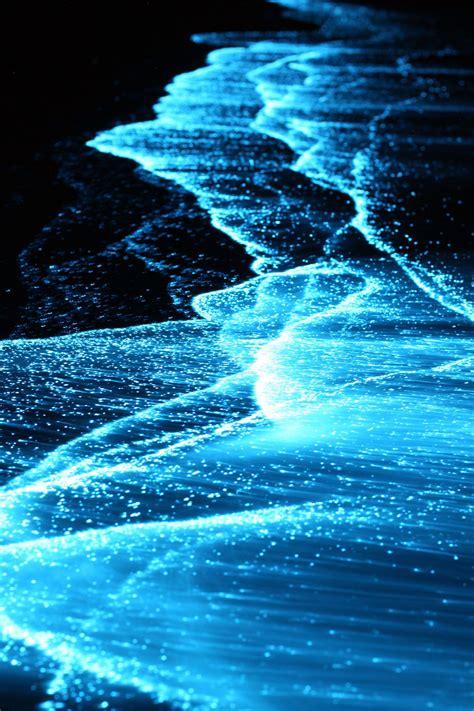Nature puts on its own magic show, and bioluminescence is one of the most spectacular tricks. From radiant jellyfish in deep-sea oceans to flashing fireflies in your yard, bioluminescence is the quality of living organisms to emit light.
What Is Bioluminescence?
Bioluminescence is a natural chemical reaction where organisms generate light through a reaction between a light-producing molecule (luciferin) and an enzyme (luciferase). The reaction creates a soft, cool light—usually blue or green.
Who Glows?
Sea animals such as jellyfish, anglerfish, and plankton
Insects such as fireflies and certain beetles
Fungi such as glowing mushrooms
Bacteria living on fish or rotting plants
Around 80% of deep-sea animals are bioluminescent.
Why Do They Glow?
Bioluminescence has numerous reasons:
Mating attraction (fireflies flashing signal)
Pretending to be prey (anglerfish emit glowing decoys)
Confusion or camouflage (squid disperse glowing clouds)
Information transmission (light signals used by deep-sea creatures)
Scaring or evading predators (some use light to scare away or flee)
Human Applications
Scientists research bioluminescence for:
Medical investigation – Monitoring cells and illness in the body
Environmental monitoring – Measuring pollution
Biotechnology – Producing glow-in-the-dark products or plants
Conclusion
Bioluminescence is brighter than a shine—it's an expression, an adaptation, and a marvel. It keeps reminding us how little we actually understand the deep ocean and how much remains to explore in the light of life.

